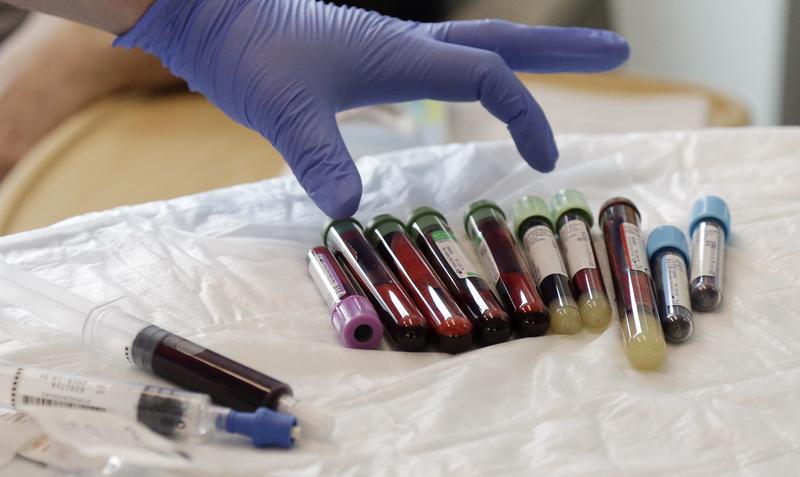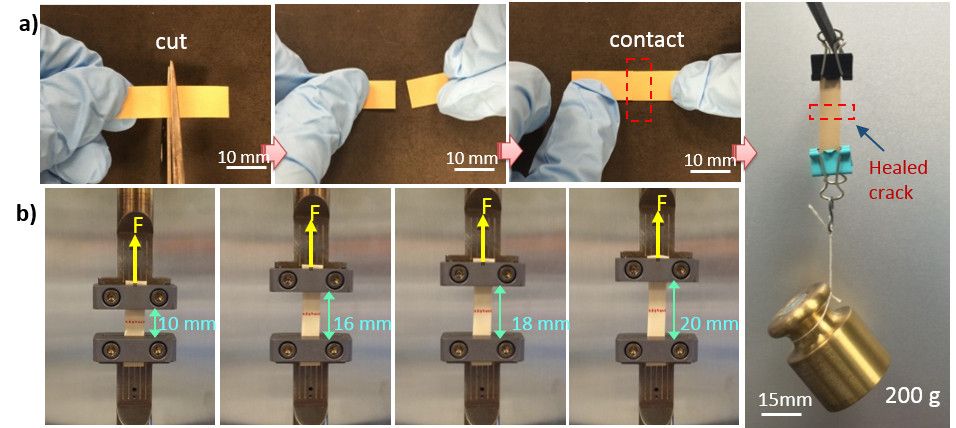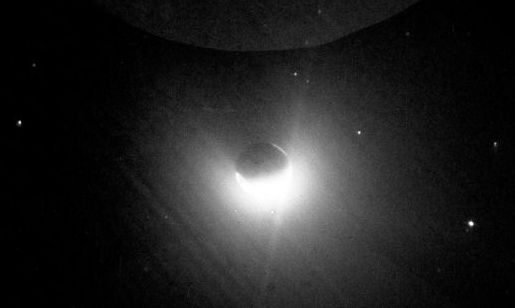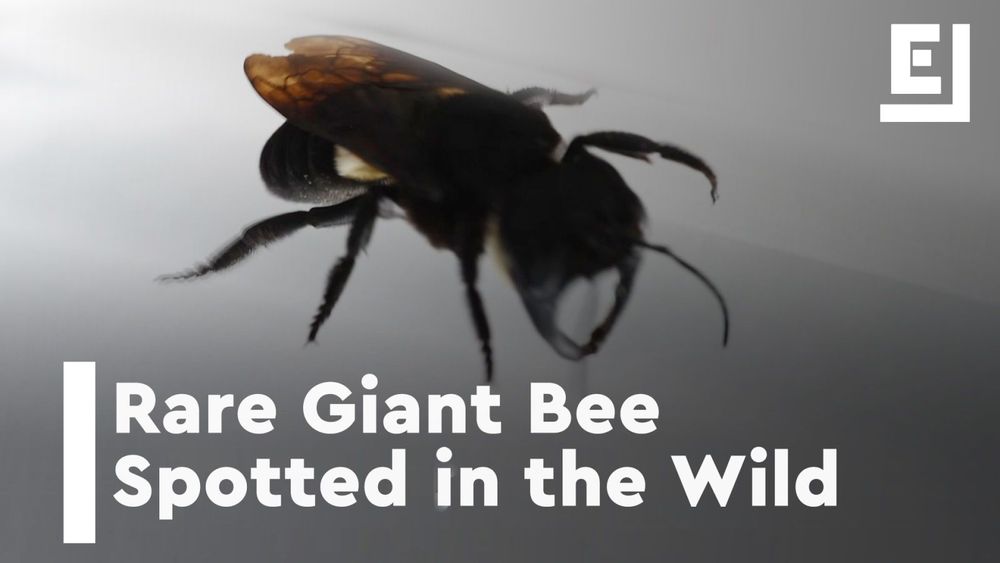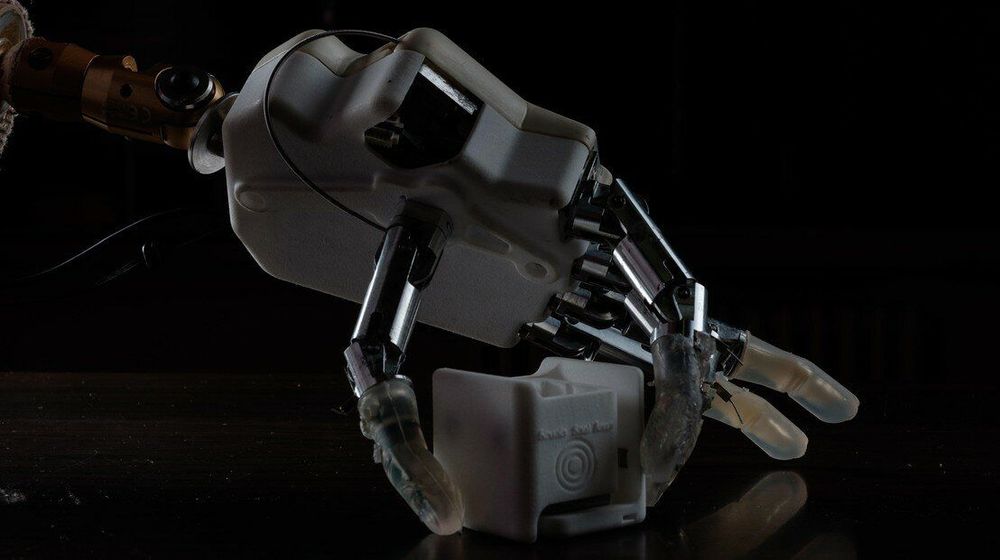The finding would explain early oxygen in Earth’s atmosphere—and it’s some fodder for sci-fi space breathing apparatuses.
An immune checkpoint molecule, SA-4-1BB developed for cancer immunotherapy also protects against future development of multiple types of cancer when administered by itself, shows a new study.
The recombinant protein molecule SA-4-1BBL has been used to enhance the therapeutic efficacy of cancer vaccines with success in pre-clinical animal models.
Circa 2016
UNIVERSITY PARK, Pa. — Electronic materials have been a major stumbling block for the advance of flexible electronics because existing materials do not function well after breaking and healing. A new electronic material created by an international team, however, can heal all its functions automatically even after breaking multiple times. This material could improve the durability of wearable electronics.
“Wearable and bendable electronics are subject to mechanical deformation over time, which could destroy or break them,” said Qing Wang, professor of materials science and engineering, Penn State. “We wanted to find an electronic material that would repair itself to restore all of its functionality, and do so after multiple breaks.”
A black, thumb-sized missile sails through the jungle air, a thunderous buzzing announcing its arrival. The massive insect lands heavily on a tree-bound termite nest, taking a moment to fold its brassy wings and stretch its humongous, curved jaws. This is Wallace’s giant bee, the beefiest and bumbliest bee on Earth. After going missing for nearly four decades, the species has just been rediscovered in its native Indonesia.
Wallace’s giant bee (Megachile pluto) gets its name from its original discoverer, Alfred Russel Wallace, the British naturalist famous for independently conceiving the theory of evolution through natural selection alongside Charles Darwin. Wallace collected the bee while on an expedition in Indonesia’s North Moluccas islands in 1858, describing it as a “large black wasp-like insect, with immense jaws like a stag-beetle.” The tiny titan then went more than a century without being spotted by Western scientists, only seen again by entomologist Adam Messer in 1981, who was able to observe some of its behavior on a number of small islands. But since then, no one had documented any encounters with the huge bee.
Firstly, it greatly depends on how you define immortality. If you define it as living forever and being indestructible as in a comic book, then, no, it is highly unlikely. However, if you define it in terms of showing no decline in survival characteristics, no increase in disease incidence and no increase in mortality with advancing age, then yes. The first is a science-fiction fantasy; the second is based on real-world biology that evolution has already selected for in certain species. We call this state negligible senescence.
Senescence and negligible senescence
Senescence refers to the gradual deterioration of aging and is typically very obvious in almost every species. More accurately, senescence refers to a decline of survival characteristics, such as strength, mobility, senses, and age-related increases in mortality along with a decrease in reproductive capability. Mortality rates for humans and most animals increase dramatically with age beyond reaching reproductive maturity.
Researchers have developed a next-generation bionic hand that allows amputees to regain their proprioception. The results of the study, which have been published in Science Robotics, are the culmination of ten years of robotics research.
The next-generation bionic hand, developed by researchers from EPFL, the Sant’Anna School of Advanced Studies in Pisa and the A. Gemelli University Polyclinic in Rome, enables amputees to regain a very subtle, close-to-natural sense of touch. The scientists managed to reproduce the feeling of proprioception, which is our brain’s capacity to instantly and accurately sense the position of our limbs during and after movement – even in the dark or with our eyes closed.
The new device allows patients to reach out for an object on a table and to ascertain an item’s consistency, shape, position and size without having to look at it. The prosthesis has been successfully tested on several patients and works by stimulating the nerves in the amputee’s stump. The nerves can then provide sensory feedback to the patients in real time – almost like they do in a natural hand.

